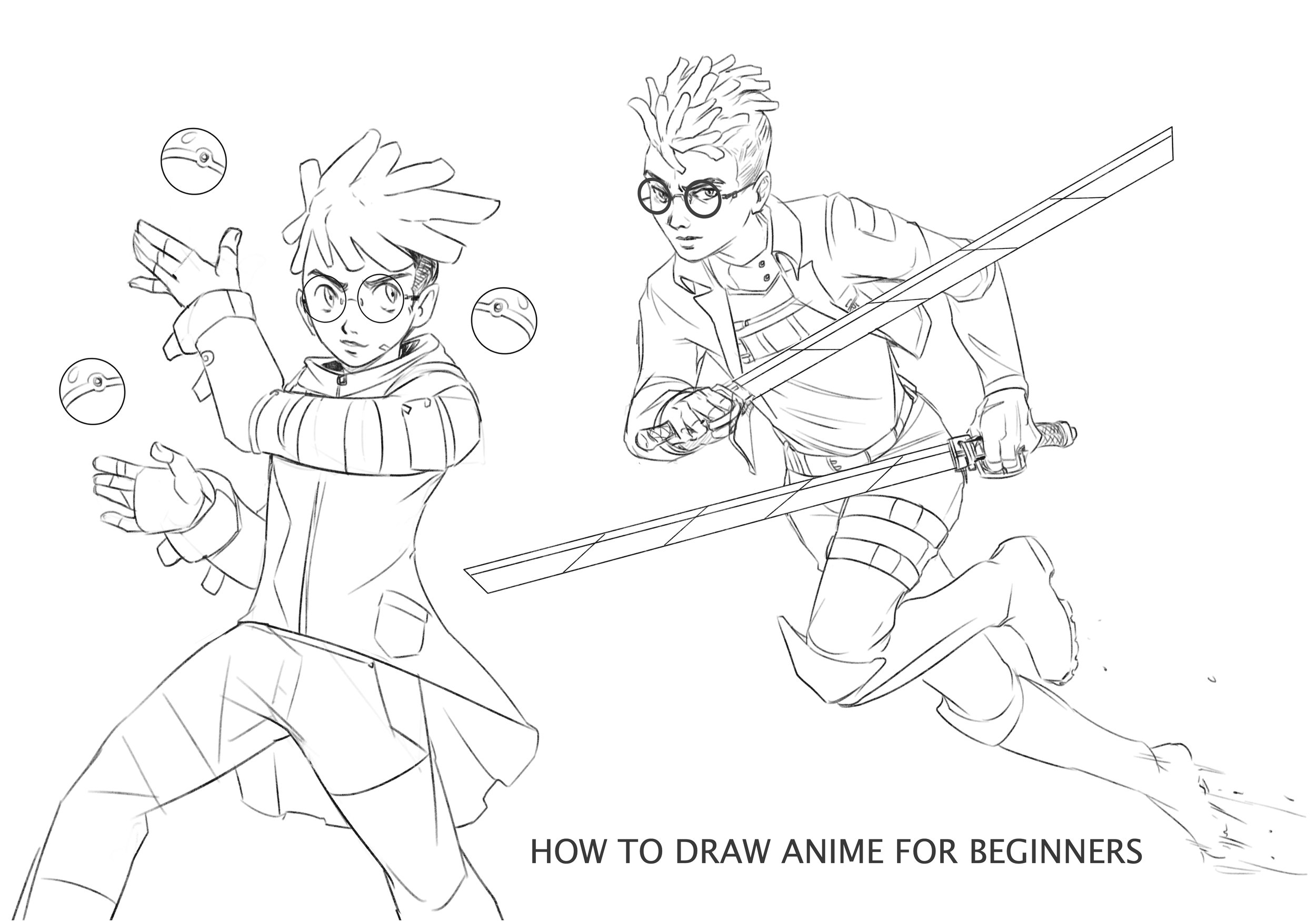

Once you know how many pages you need, grab a blank sheet of paper for each individual page that you’ve marked out. Don’t worry about it if you change your mind when you’re proofreading!ĭraw thumbnails to create a storyboard. You can always revise the order of your panels or number of pages.Avoid overloading your pages with too many events to give your readers time to process what’s happening. These actions could be a piece of important dialogue, a character going from one location to another, or a character interacting with another character. An individual page usually has 1-3 key actions take place.More than 3 speech bubbles in a single panel is going to be too much dialogue to fit in one illustration.More than 6-8 panels on a single page is going to be too much for most readers to process.For particularly momentous or emotional moments, consider giving the moment a larger panel, or even its own page. Once you have your pages separated, use a different color pencil to split your pages up into distinct panels. Draw a line at each point where you think you want to start a new page based on how fast you want your story to progress or how many lines of dialogue you’ve passed (16-20 lines of dialogue is usually the maximum for a page).

First, take a red pencil and read through your script. Make notes about setting, tone, or theme in between your dialogue.ĭetermine how many panels you’re going to need to depict your action. Give each piece of dialogue a separate line to make it easy to read. Simply put the characters name at the beginning of a line and write their dialogue out.
#EASY COMIC CHARACTERS MOVIE#
#EASY COMIC CHARACTERS HOW TO#
Share your script with a friend, parent, or teacher to see if they have any suggestions on how to improve your writing.This will make it easier to figure out what you want to draw. Make notes about what your illustrations might look like on the side of each page as you’re proofreading.A single speech or line of dialogue may require multiple panels if it’s really long. Try to keep most of your dialogue as short as possible. Speech bubbles in comics are pretty small.Once you’ve written your script, proofread it 2-3 times to check your spelling and word choice.
/cartoon-2319837_1920____-7e60611016f2417a9c38b5b1cf27fd18.jpg)
Give different characters different vocabularies and speech patterns to make them distinct. Since a lot of comic storytelling is visual, focus on writing strong, punchy dialogue that communicates each character’s attitude.
#EASY COMIC CHARACTERS TV#
Or watch TV and see how characters are depicted on the screen.Ĭompose your script and proofread it carefully to avoid mistakes. You can sit at a park or a public place like a cafe and observe people.These little elements make for great character descriptions. There are several ways to observe people, how they interact, and note their manners and habits.To write compelling descriptions of people or their characters, watch people.Just start with your best idea and work from there. The characters and plot are equally important, so the order isn’t necessarily important. You can certainly start with the plot first and develop your characters later.“Willing to do anything to help their family” is better than “loyal,” for example. Make your personality traits as specific as possible will make it easier to jump-start an idea for a plot if you don’t have one.Characters can be animals, historical figures, or entirely invented from thin air.There’s no real wrong way to invent a character, so let your imagination run wild! X Research source Either start by sketching out an interesting character with a distinct visual style and decide what they’re like after you’ve drawn them, or pick 2-3 distinct personality traits and sketch a character that fits what you imagine based on their personality. Start by thinking about who your main character is going to be. Design some memorable characters and create initial sketches.


 0 kommentar(er)
0 kommentar(er)
